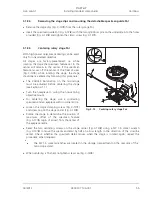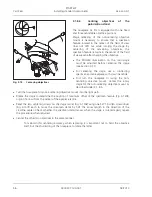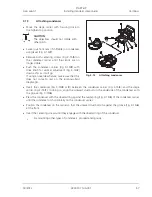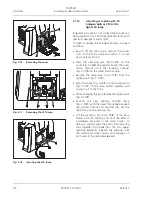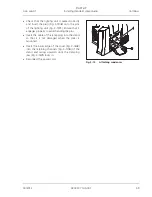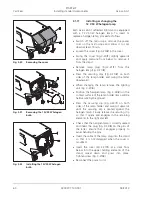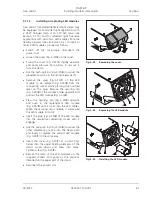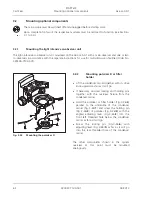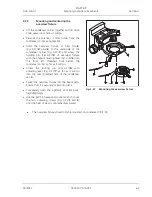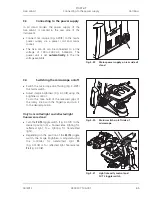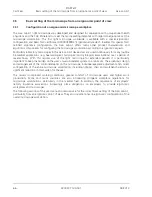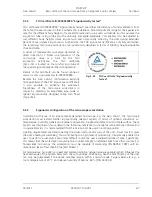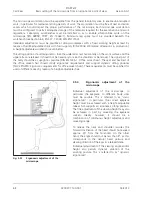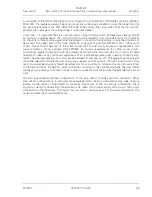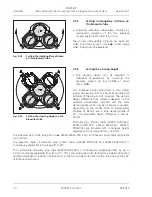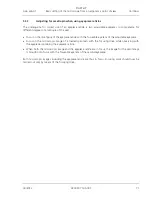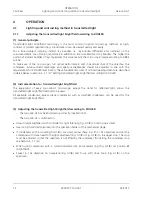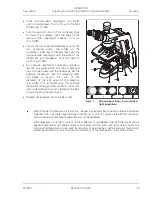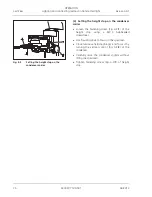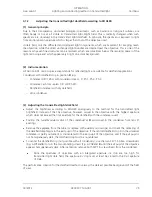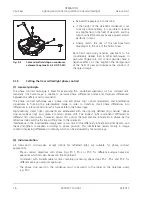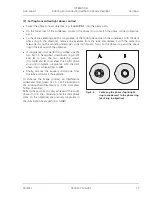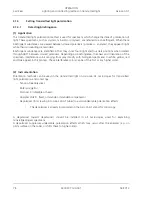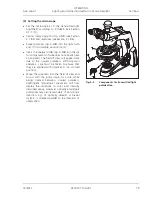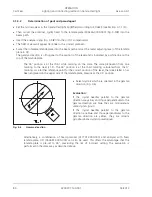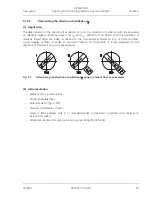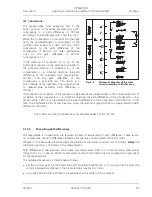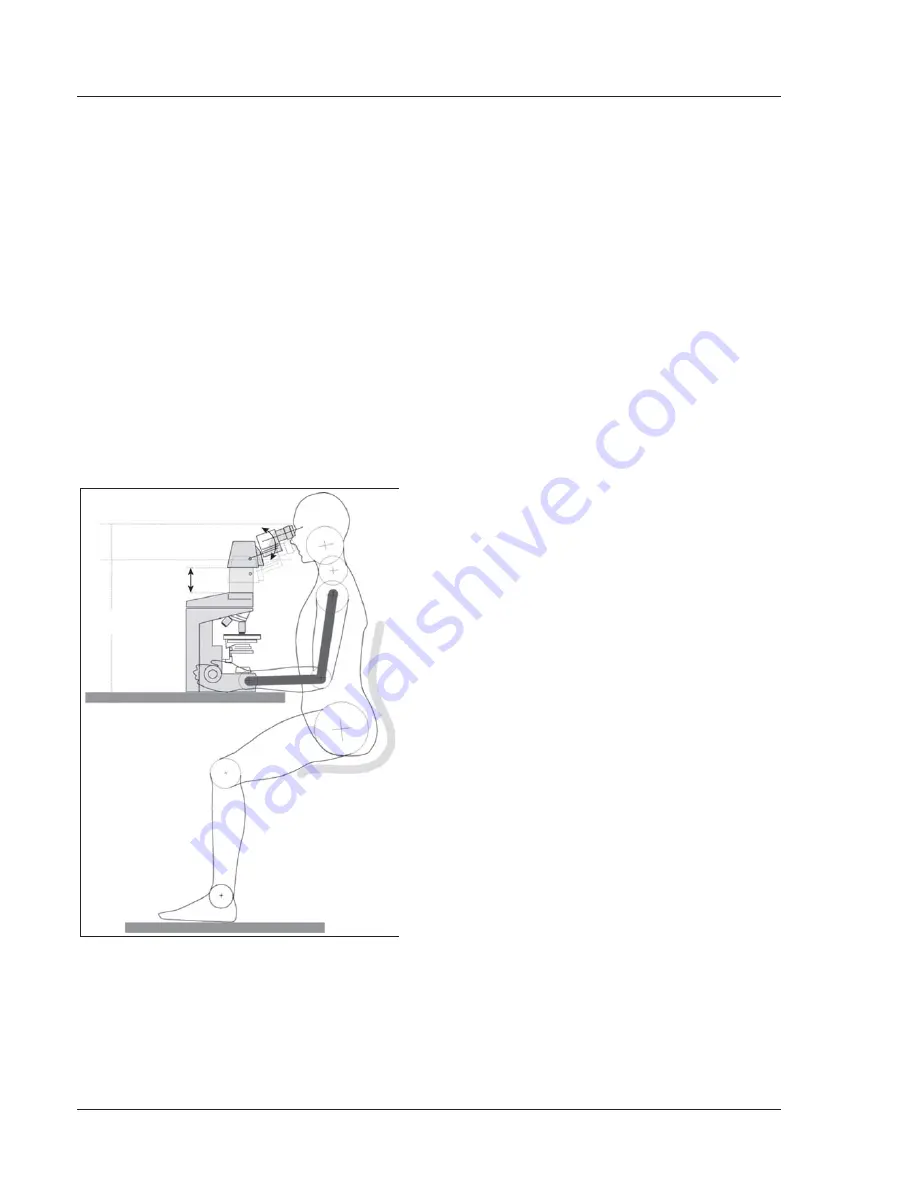
START-UP
Carl Zeiss
Basic setting of the microscope from an ergonomic point of view
Axio Lab.A1
68 430037-7144-001
04/2013
The microscope workstation must be separate from the general laboratory area to enable uninterrupted
work, in particular for medium and long periods of work. The workstation must be free of dust and acidic
vapors which could impact the proper performance of the microscope, Each microscope workstation
must be configured to permit adequate storage of the materials required for the examination and work
regulations. Laboratory workbenches must be installed so as to enable vibration-free work on the
microscope [EN 58959, 1997; EN 12464-1]. Minimum leg space must be provided beneath the
workbench [see Section 6 in EN 527-1:2000; DIN EN 13150].
Individual adjustments must be possible at sitting workplaces with a fixed working height at least by
means of height-adjustable chairs with foot supports [DIN 33406: Workplace dimensions in production].
A height-adjustable workbench is even better.
The sitting position should adjusted so that the underarms rest horizontally on the work surface and the
upper arms are relaxed. It should not be necessary to raise the shoulders or bend over. The upper part of
the body should be as upright as possible [DIN EN 1335-1: Office work chairs]. The seat and backrest of
the office swivel chair should satisfy ergonomic requirements and support dynamic sitting postures
[TÜV 2PfG974: Ergonomic requirements for office swivel chairs]. These requirements must be satisfied for
users of different sizes by means of a height-adjustable chair.
3.5.4
Ergonomic adjustment of the
microscope
Individual adjustment of the microscope, in
particular the eyepiece, to different body sizes
must be possible. This is referred to as “static
ergonomics”. In particular, the correct eyepiece
height must be achieved with a height-adjustable
tube which supports an ergonomic sitting position.
The fine adjustment of the viewing height may also
be achieved in part by swiveling the eyepiece
sockets. Ideally, however, it should be a
combination of continuous height adjustment and
swiveling range.
To relieve the neck and shoulder muscles the
forward inclination of the head should not exceed
approx. 30° from the horizontal. On the other
hand, the angle should not be less than 8°, as this
corresponds to the natural head posture and
viewing direction of the eyes in a relaxed state.
Individual adjustment of the viewing angle and/or
height also permits dynamic variation of the
working posture. This is referred to as "dynamic
ergonomics".
Fig. 3-33
Ergonomic adjustment of the
microscope


